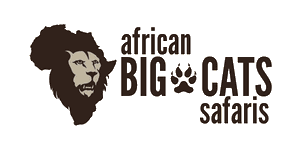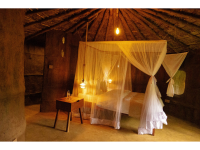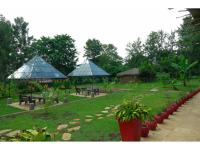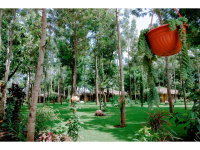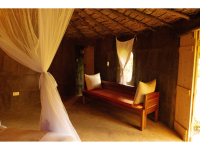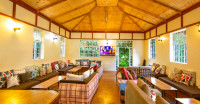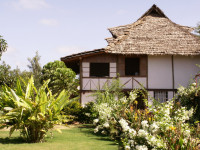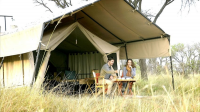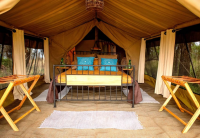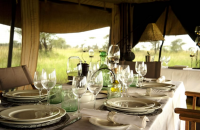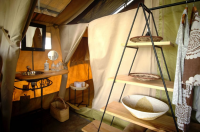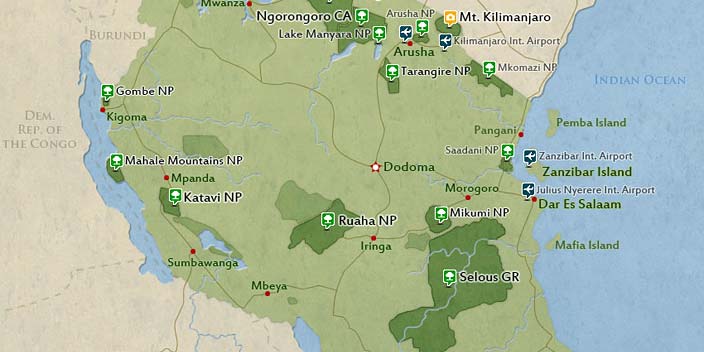
$2,371 pp (USD)
2 travelers on Start dateArrival
Arrival

Day 1
Arrival in Arusha
Arrival in Arusha
On arrival at Kilimanjaro International Airport (JRO) or Arusha Airport (ARK), which caters for domestic flights, an African Bug Cats Safaris representative will meet and drive you to your accommodation in Arusha. Your overnight stay is at Mtoni River Lodge.
- Main Destination:
- Arusha (City)
- Accommodation:
- Mtoni River Lodge
- Meals & Drinks:

Day 2
Arusha to Tarangire National Park
Arusha to Tarangire National Park
After breakfast, we depart for Tarangire National Park. The park is named after the Tarangire River, which runs through it. This "river of warthogs" is the region's only water source for wildlife during the dry season. In places, the vegetation is quite dense, and elephant grass is common to see. The park is well known for its elephant families, which can often be seen congregating by the river. You may also see giraffes, bushbucks, and hartebeests. A range of predators, including lions and leopards, closely follows these animals. More breeding bird species are found in Tarangire National Park than anywhere else on the planet. Tarangire is the best place to see these gentle giants in their natural habitat, from the adorable calves all the way up to the intimidating bulls. Depart for a late afternoon drive to Ngorongoro Highlands. Your dinner and overnight stay are at Eileen's Trees Inn.
- Main Destination:
- Tarangire National Park
- Accommodation:
- Eileen's Trees Inn
- Meals & Drinks:

Day 3-4
South Serengeti National Park (Ndutu)
South Serengeti National Park (Ndutu)
After breakfast, we head towards the far south of the Serengeti National Park, also known as the Ndutu Area. Lake Ndutu is part of the southern Serengeti ecosystem in the Ngorongoro Conservation Area. Lake Ndutu is alkaline, like most of the other Rift Valley lakes, however, the water is drinkable by a wide array of local wildlife. The majority of the wildebeest migration can usually be found on the short-grass plains from December to April. The area is usually heavily populated with elephants, birds and resident game. The Ndutu Area forms part of the northern section of the Ngorongoro Conservation Area. It stretches to the unfenced southern reaches of the Serengeti National Park, a meeting point between these incredible wilderness areas. After lunch and an extensive game drive, you will head to your accomodation in Ndutu Area for a two-night stay.
- Main Destination:
- Ndutu (Southern Serengeti NP)
- Accommodation:
- Intimate Camp Zebra
- Meals & Drinks:

Day 5
Serengeti National Park to Ngorongoro crater
Serengeti National Park to Ngorongoro crater
Early morning, after breakfast, we continue our en-route game drive inside the South Serengeti National Park before departing for Ngorongoro Crater. When you first see the Ngorongoro Crater, it looks like a forgotten world! Concealed by the steep volcanic walls is a pristine wilderness including sweeping savannah, pockets of acacia woodland and glistening lakes and swamps. The crater was created when a large volcano exploded and collapsed in on itself two to three million years ago. It is famous for its geological delights and for being a natural reserve home to some of the densest large mammal populations in the whole of the African continent. The crater provides the best chance of seeing the endangered black rhino, which can sometimes be spotted in the open grasslands. After lunch and an extensive game drive inside the crater, we head for our comfort partner lodges in Karatu for dinner and overnight.
- Main Destination:
- Ngorongoro Crater
- Accommodation:
- Eileen's Trees Inn
- Meals & Drinks:

Day 6
Lake Manyara National Park to Arusha
Lake Manyara National Park to Arusha
Early in the morning, after breakfast at your accommodation, we will continue with a short drive to Lake Manyara National Park for game viewing drives. Here, you will have your first encounter with wildlife—large troops of baboons. Established specifically to protect the elephant herds that have made the area renowned, the park provides a fantastic wildlife experience. Elephants are not the only animals that Lake Manyara National Park is famous for, tree-climbing lions are occasionally cited as well. The alkaline soda water of Lake Manyara is home to an incredible array of bird life that thrives on its brackish waters. Thousands of pink flamingos stoop and graze at the lake, creating colourful specks against the grey minerals of the lake shore. Even reluctant bird-watchers will find something to watch and marvel at within this national park. A packed lunch will be served at a picnic site. After lunch and an extensive game drive, we head back to Arusha.
- Main Destination:
- Lake Manyara National Park
- Accommodation:
- No accommodation (End of tour)
- Meals & Drinks:

